House Farm Bill Contains Further Changes to MPP, Among Other Key Provisions
May 07, 2018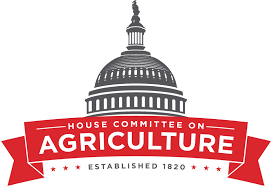 The House Agriculture Committee has approved a draft of the 2018 Farm Bill that contained several NMPF-backed dairy policy improvements. This is an important first step in efforts to enact a new Farm Bill before the current one expires this fall.
The House Agriculture Committee has approved a draft of the 2018 Farm Bill that contained several NMPF-backed dairy policy improvements. This is an important first step in efforts to enact a new Farm Bill before the current one expires this fall.
The House version of the Farm Bill, approved in mid-April, builds on the dairy safety net improvements that Congress adopted in February. In its version, the House Agriculture Committee raises the maximum covered margin within the Margin Protection Program (MPP) from $8/cwt. to $9 while lowering the minimum percentage of milk that can be insured from 25 percent to 5 percent. Both measures will offer greater protection and flexibility for dairy producers of all sizes. Additionally, the bill allows producers to participate in both the MPP and Livestock Gross Margin (LGM) programs, as long as the same milk production is not covered in both programs. It also includes a change to the Class I pricing system reflecting an important agreement reached between NMPF and the International Dairy Foods Association on price risk management.
NMPF has been creating materials to keep members abreast of the changes to the MPP and the LGM programs. National Milk’s Future for Dairy website contains documents describing the program in greater detail, a slide presentation and a video explaining why farmers should re-examine their risk management options in 2018.
The House bill – introduced the week before its approval by the Agriculture Committee – addresses other NMPF priorities, as well. The conservation title helps producers access technical and financial assistance to carry out multiple conservation practices on their land and water, including an amendment by Rep. Mike Bost (R-IL) to provide enhanced opportunities for nutrient recovery technologies. Under the trade title, the Farm Bill authorizes the trade promotion programs that are critical to dairy farmers and their cooperatives. The bill also includes helpful provisions intended to increase fluid milk consumption, spearheaded by Committee Vice Chair Glenn Thompson (R-PA).
“It’s important that the Farm Bill process continue moving forward,” said NMPF President and CEO Jim Mulhern. “As U.S. dairy farmers weather a fourth-straight year of depressed milk prices, making additional improvements to the dairy safety net through this farm bill becomes more critical with each passing day.”
As the House developed the bill, NMPF sent a letter to Chairman Mike Conaway (R-TX) and Ranking Member Collin Peterson (D-MN) expressing appreciation for their engagement and efforts in securing the aforementioned NMPF proposals, and others, in the House bill.
Biotechnology Food Labeling Proposal Reflects NMPF’s Input
May 07, 2018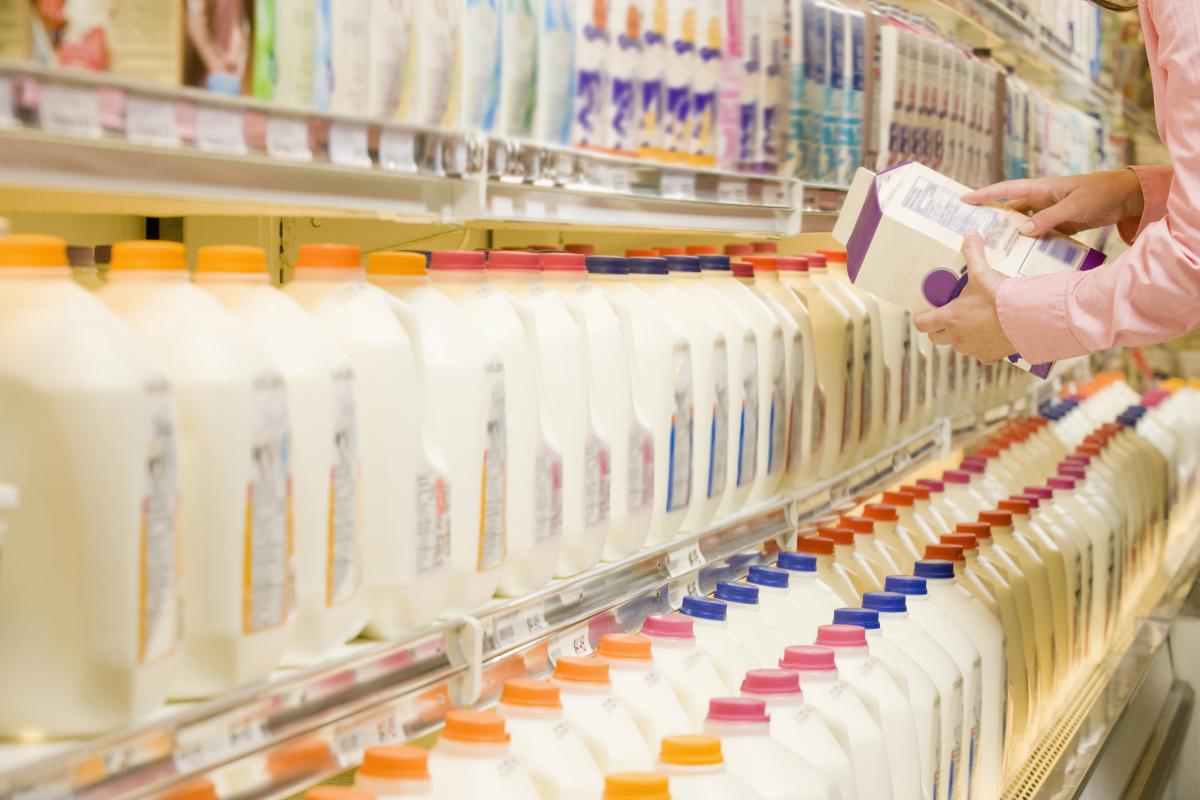 At the beginning of May, the U.S. Department of Agriculture (USDA) released its proposed regulatory standard for the labeling of bioengineered food. The proposal, which will now undergo a 60-day comment period, reflects much of the input provided by National Milk to ensure that consumers receive accurate information about the sources of their food.
At the beginning of May, the U.S. Department of Agriculture (USDA) released its proposed regulatory standard for the labeling of bioengineered food. The proposal, which will now undergo a 60-day comment period, reflects much of the input provided by National Milk to ensure that consumers receive accurate information about the sources of their food.
The USDA Agriculture Marketing Service’s (AMS) proposed rule outlines mandatory uniform standards for how food marketing companies must provide consumers information about the use of biotechnology in the food supply. The proposed regulation follows the strict, science-based approach that was backed by NMPF to determine how foods made using bioengineering should be regulated.
Most notably, the proposed rule adheres to Congress’ statutory determination that meat and milk derived from livestock consuming bioengineered feedstuffs are not subject to labeling because there is no difference in those products compared to those from animals that consumed non-biotech feed.
“There is no reason to label a food that has not been modified, and that is the case for all milk and meat,” said Mulhern. “Of the more than 60 other nations around the world with biotech disclosure requirements, none have labeling requirements on milk or meats from animals that may have consumed bioengineered grains.”
National Milk filed comments last year that said any new standard should provide consumers with accurate information while discouraging misleading marketing tactics or meaningless absence claims. NMPF has been an active participant in the Coalition for Safe Affordable Food, which supported the bioengineered food disclosure legislation passed by Congress in 2016.
NMPF said that the fact-based standard advanced by USDA should help reduce the confusing labeling claims too often seen in the marketplace. NMPF previously told USDA that too many food companies utilize “fear-mongering” to vilify food biotechnology, as they seek to profit from the consumer confusion surrounding its use.
There are still questions under consideration in USDA’s final stages of regulatory review:
- Will the use of highly refined sugars and oils, without detectable genetic material in them, require a label? In its comments last year, NMPF said that ingredients without measurable genetic modifications should not require a label.
- Is there a minimum level of bioengineered content, below which a disclosure is not required? NMPF suggested that USDA use the same 5-percent threshold employed by the National Organic Program (NOP).
- What type of label disclosure is required for bioengineered ingredients? NMPF said a food defined as bioengineered should be labeled with “contains” or “may contain” bioengineered ingredients.
NMPF plans to file comments during the 60-day comment period.
Head of FDA Pledges More Focus on Mislabeled Imitation Dairy Foods
May 07, 2018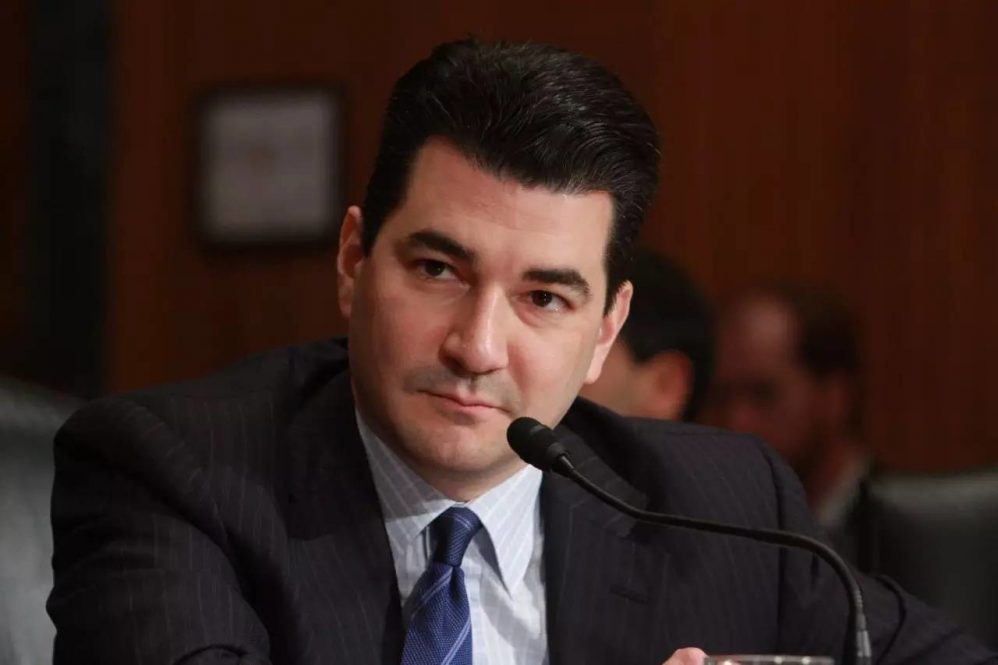 Scott Gottlieb (pictured right), commissioner of the U.S. Food and Drug Administration (FDA), said last month that the agency will take “a very close and fresh look” at plant-based dairy imitators that use dairy terms on their packaging, acknowledging that federal standards define milk as sourced from animals.
Scott Gottlieb (pictured right), commissioner of the U.S. Food and Drug Administration (FDA), said last month that the agency will take “a very close and fresh look” at plant-based dairy imitators that use dairy terms on their packaging, acknowledging that federal standards define milk as sourced from animals.
During a Senate Appropriations Committee hearing on April 24, Gottlieb responded to a series of questions posed by Sen. Tammy Baldwin (D-WI), who introduced the DAIRY PRIDE Act last year to address the mislabeling of dairy imitators. Gottlieb admitted that the agency has “exercised enforcement discretion” in not holding food marketers to that standard.
Gottlieb also told Baldwin that the agency “is committed to taking a fresh look about what we’re doing here” in the area of standards of identity. He said he “has actively stepped into this issue,” having heard the concerns of Baldwin and NMPF about the lax regulatory environment surrounding misbranded plant products using dairy terms.
He said that the FDA is requesting more information to inform its next steps. In pushing for more immediate action, Baldwin told Gottlieb that there is no need for more information, saying, “what we need is the FDA to act, and to issue guidance on enforcement of its existing dairy standards of identity.”
NMPF has repeatedly urged federal regulators to enforce U.S. food labeling laws that exclude the ability of plant-derived foods from using dairy terms, as do other nations that also have regulations clearly defining milk. NMPF President and CEO Mulhern thanked Baldwin “for holding the FDA accountable for its inaction on this matter, and imploring the FDA to do its job. Going forward, we need less discretion and more enforcement from the FDA.”
Lawmakers to USTR: Open Market Access Doors for Dairy
May 07, 2018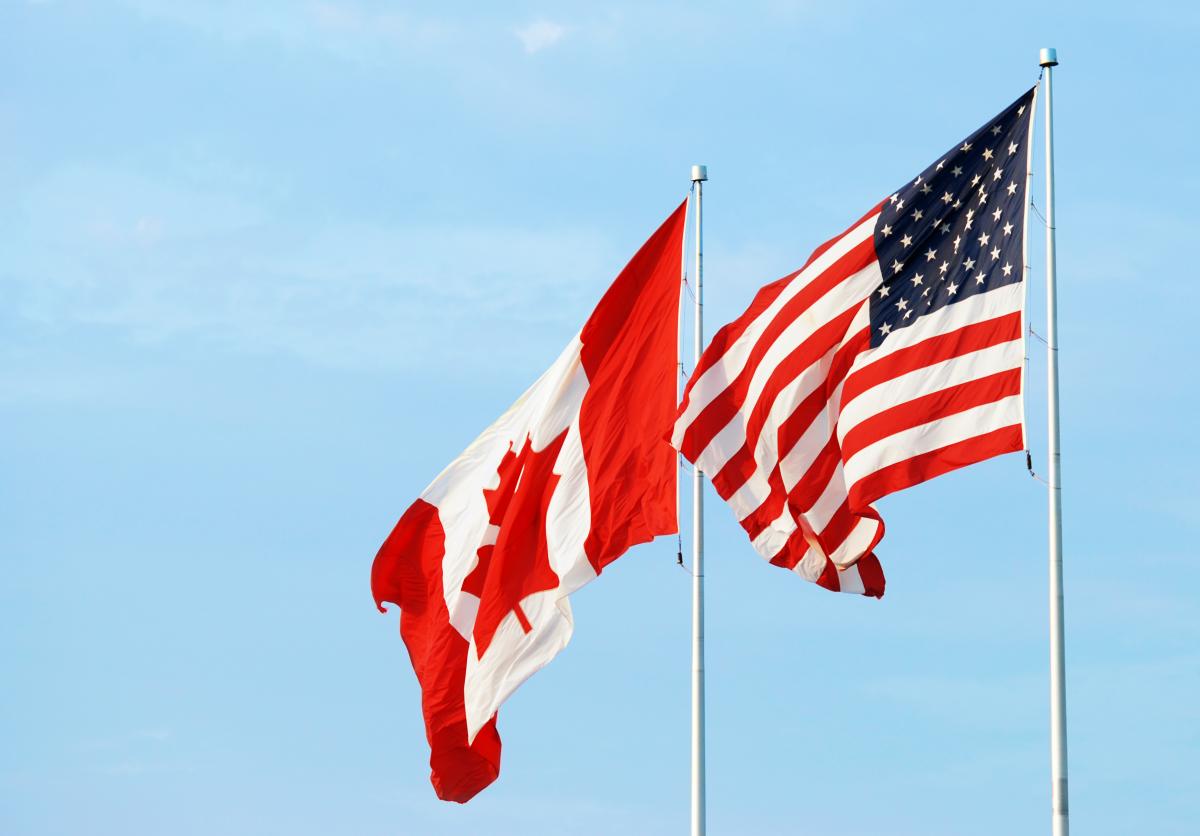 With negotiations over the North American Free Trade Agreement (NAFTA) moving closer to a resolution in 2018, NMPF remains focused on keeping the pressure on the Trump Administration to deliver on the dairy industry’s goals for a successfully modernized agreement.
With negotiations over the North American Free Trade Agreement (NAFTA) moving closer to a resolution in 2018, NMPF remains focused on keeping the pressure on the Trump Administration to deliver on the dairy industry’s goals for a successfully modernized agreement.
National Milk has been working closely with congressional allies to underscore why dairy market access into Canada and the elimination of Canada’s trade-distorting Class 7 pricing scheme are so critical in a revised “NAFTA 2.0” deal. NMPF continues to highlight the fact that Canada’s “Class 7” pricing scheme has noticeably disrupted U.S. dairy sales to our northern neighbor and to other markets.
“In just a year’s time, Canada has used that Class 7 program to triple its milk powder exports by creating excess milk production capacity within Canada, then dumping the resulting milk powder onto world markets,” NMPF said in an April 3 letter sent jointly to U.S. Trade Representative (USTR) Robert Lighthizer, alongside the U.S. Dairy Export Council (USDEC) and the International Dairy Foods Association. “This is distorting the markets that U.S. companies rely on to make ends meet and is hurting milk sales from American dairy farms.”
The U.S. industry’s plea to unwind this unfair trade barrier and expand a wider range of dairy export opportunities to Canada was recently echoed by key lawmakers, who have worked closely with NMPF to fight Canada’s Class 7 system since its inception. On April 24, 68 members of the U.S. House of Representatives requested immediate action in the ongoing NAFTA negotiations.
Similar requests also came from the Senate – including from Sens. Chuck Schumer (D-NY) and Michael Bennet (D-CO) – thanks to ongoing education efforts by NMPF and its members, as well as outreach from industry partners like USDEC. Numerous members of Congress have also made phone calls to USTR or pressed the administration on these issues in recent hearings.
Several Cheese Names Could be Lost to U.S. Exporters After Conclusion of EU-Mexico Agreement
May 07, 2018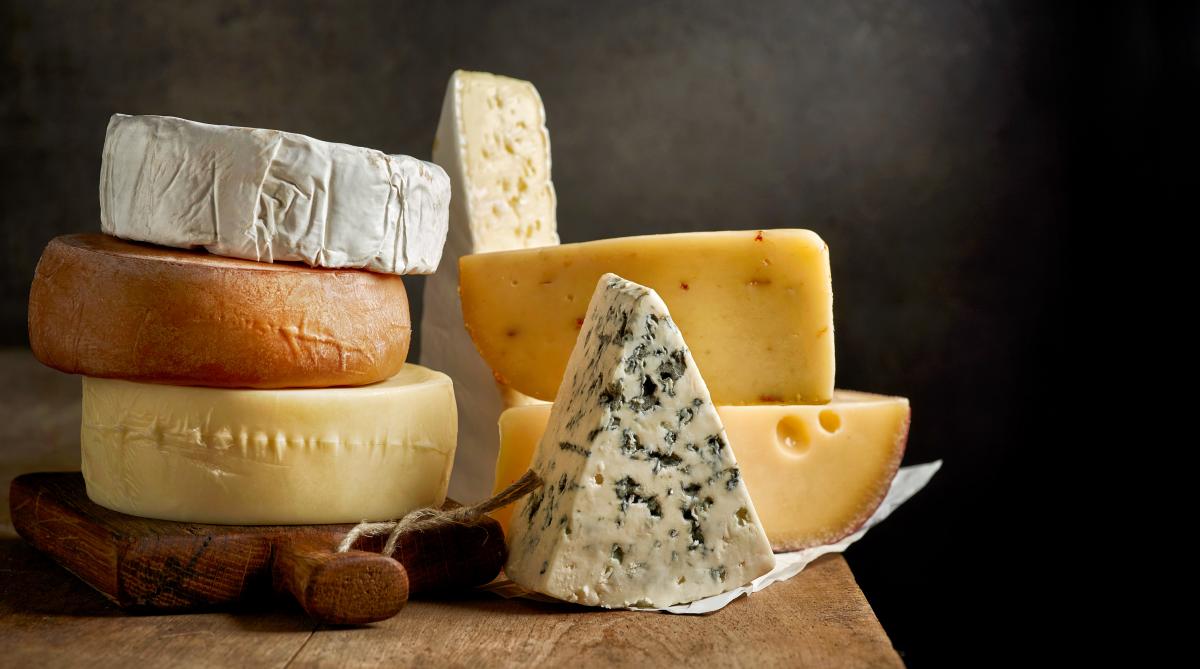 Mexican and European trade officials have concluded negotiations on a trade accord that could generate new trade barriers for U.S. dairy producers and processors. Although the European Union (EU) was unsuccessful in its effort to replicate the duty-free access to the Mexican dairy market enjoyed by the United States, Mexico did bow to EU pressure to restrict certain cheese exports from the United States.
Mexican and European trade officials have concluded negotiations on a trade accord that could generate new trade barriers for U.S. dairy producers and processors. Although the European Union (EU) was unsuccessful in its effort to replicate the duty-free access to the Mexican dairy market enjoyed by the United States, Mexico did bow to EU pressure to restrict certain cheese exports from the United States.
While Mexico preserved the rights of the United States to sell cheeses with some common food names, many key terms were restricted to only European manufacturers. Generic terms such as parmesan, feta, Munster, gorgonzola, Asiago, fontina and Neufchatel appear to be slated for future restrictions despite long-standing generic use of —and consumer familiarity with — many of these names in Mexico.
Preliminary information on the agreement signals that the U.S. government needs to do even more to ensure that “a bad situation doesn’t become even worse as the final details of the agreement are ironed out,” said Jim Mulhern, president and CEO of NMPF.
“It is deeply frustrating for U.S. farmers and food manufacturers that the U.S. government has not been able to persuade our closest allies — those in the NAFTA region — to simply honor their existing trade commitments to us,” Mulhern said. “This means that our exporters now face fewer opportunities for their products, and trading partners are emboldened to see how much further they can push the boundaries of creating non-tariff trade barriers.”
Sustained collaboration with the Mexican dairy sector helped preserve the United States’ unique status as the only major dairy supplier with duty-free access to the Mexican market. NMPF’s active role as a key member of the U.S.-Mexico Dairy Alliance helped to bring about this result, which will help U.S. suppliers in holding onto market share in this important dairy market.
The EU-Mexico agreement is not expected to be ratified until 2019, and must still be reviewed by the Mexican administration. This provides the United States with a window to work on preserving consumers’ choices and exporters’ market access rights in Mexico.
U.S., Latin American Dairy Producers Set Sights on Anti-Trade Regulations
May 07, 2018Last month, the U.S. Dairy Export Council (USDEC) announced a formal partnership with the Pan American Dairy Federation (FEPALE) to promote free trade and combat trade-inhibiting regulations and policies. This is of critical importance to NMPF’s members, as well, given how it will affect global rules and guidelines pertaining to topics such as animal care, food safety and nutrition.
The partnership is designed to enhance communications and information-sharing. It will also promote better education of governments to ensure that international regulations remain science-based, and that there is coordinated opposition against non-scientific regulations that could disrupt trade in forums like the World Health Organization, the Codex Alimentarius Commission, the Office of International Epizootics and others.
Decisions in each of these bodies have the capacity to significantly impact the livelihoods of U.S. dairy producers and their cooperatives. Working with allies to ensure a reasonable and unified voice grounded in science will help make headway on topics impacting the dairy industry around the world.
“The partnership will develop and promote a strong network between the U.S. dairy industry and the dairy industries of Latin America to protect and enhance milk sales through regulatory cooperation and policy partnerships,” said Jaime Castaneda, Senior Vice President of Strategic Initiatives and Trade Policy for NMPF.
MPP Forecast: May 2018
May 07, 2018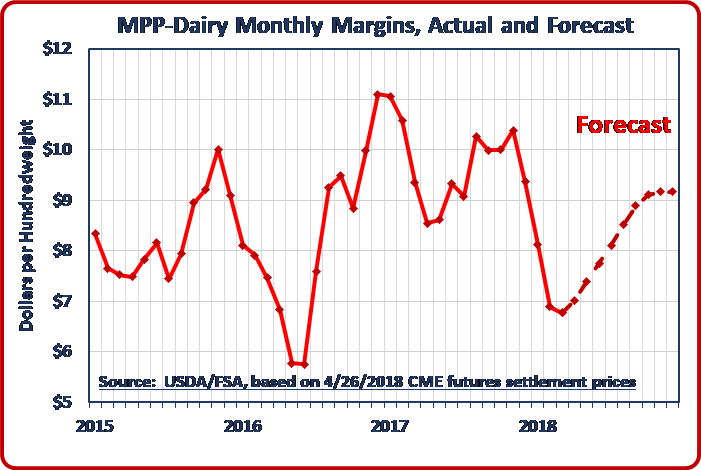 The monthly margin for March under the dairy Margin Protection Program (MPP) dropped an additional $0.12/cwt. from February to $6.77/cwt. This was the fourth monthly drop in the MPP margin, but a much smaller one than the previous three, which were each greater than $1.00/ cwt. The March all-milk price increased by $0.30/cwt. from February, to $15.60/cwt. The March feed cost formula was up by $0.42/cwt. from February, with the increase split almost evenly, on a per-hundredweight-of-milk basis, between gains in prices for all three of the formula’s feed cost components.
The monthly margin for March under the dairy Margin Protection Program (MPP) dropped an additional $0.12/cwt. from February to $6.77/cwt. This was the fourth monthly drop in the MPP margin, but a much smaller one than the previous three, which were each greater than $1.00/ cwt. The March all-milk price increased by $0.30/cwt. from February, to $15.60/cwt. The March feed cost formula was up by $0.42/cwt. from February, with the increase split almost evenly, on a per-hundredweight-of-milk basis, between gains in prices for all three of the formula’s feed cost components.
USDA’s MPP Decision Tool has been updated to show monthly margins following enactment of the Bipartisan Budget Act of 2018 earlier this year, which changed the frequency of MPP payments from bimonthly to monthly. The tool projects that coverage at the $8.00/cwt. and $7.50/cwt. coverage levels would result in positive net payments in excess of premiums and fees for up to 5 million pounds of production history, based on the April 26 CME dairy and grain futures settlement prices (see chart). Producers have until June 1 to sign up for coverage under the MPP containing the budget legislation’s new, more favorable program provisions. Producers must sign up to be covered for 2018, even if they signed up last year for coverage this year.
USDA’s MPP margin forecasts are updated daily online. NMPF’s Future for Dairy website offers a variety of educational resources to help farmers make better use of the program.
CWT-Assisted Cheese, Butter Sales in 2018 Well Ahead of 2017 Levels
May 07, 2018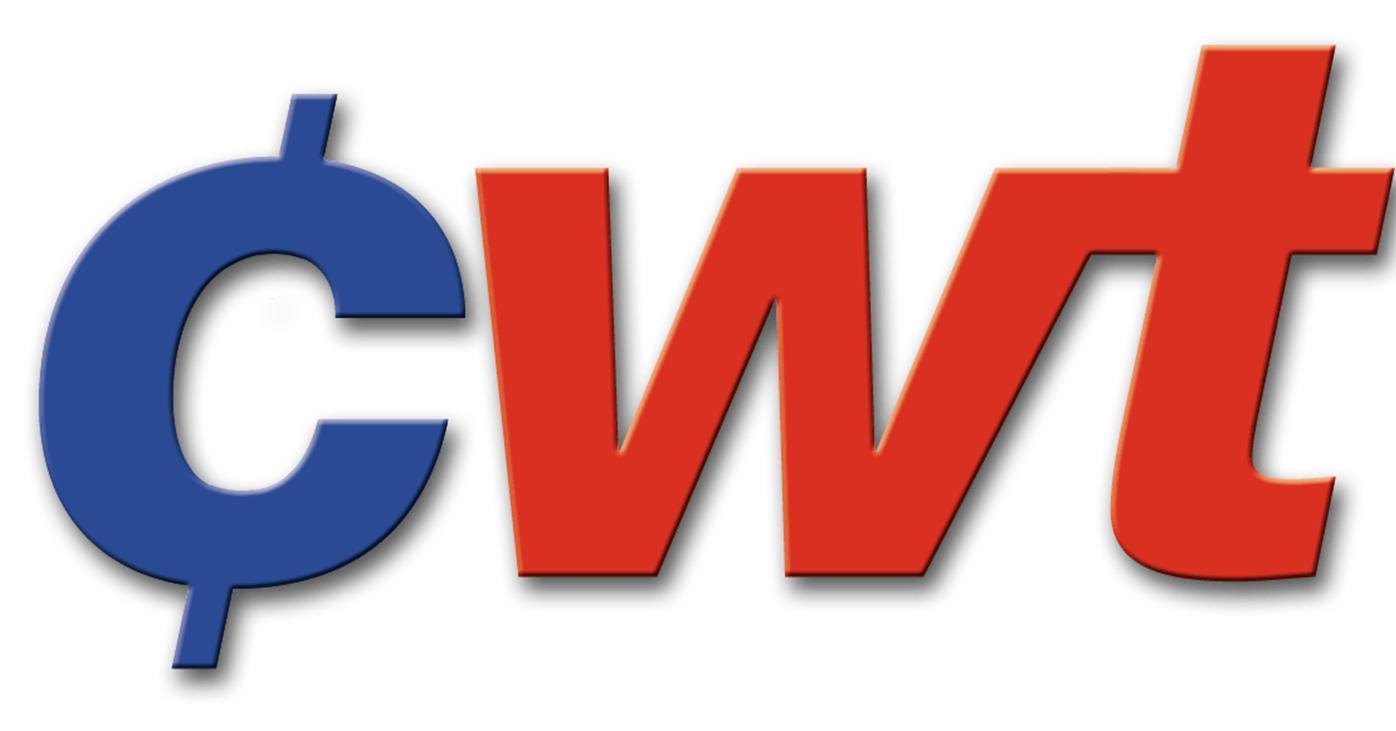 Cooperatives Working Together (CWT) helped member cooperatives secure contracts to sell 4.61 million pounds of American-type cheeses, 4.21 million pounds of butter and 923,737 pounds of whole milk powder to customers in Asia, Central America, Europe, the Middle East, North Africa and Oceania. The product will be sent to customers in 16 countries in five regions. It will be shipped from April-October 2018.
Cooperatives Working Together (CWT) helped member cooperatives secure contracts to sell 4.61 million pounds of American-type cheeses, 4.21 million pounds of butter and 923,737 pounds of whole milk powder to customers in Asia, Central America, Europe, the Middle East, North Africa and Oceania. The product will be sent to customers in 16 countries in five regions. It will be shipped from April-October 2018.
The 2018 year-to-date total of CWT-assisted dairy product sales contracts is 33.77 million pounds of cheese, 9.82 million pounds of butter and 923,737 pounds of whole milk powder. The total tonnage is up 44 percent compared to the first four months of 2017. These transactions will move overseas the equivalent of 539.45 million pounds of milk on a milkfat basis. The amounts of dairy products and related milk volumes reflect current contracts for delivery, not completed export volumes. CWT will pay export assistance to the bidders only when export and delivery of the product is verified by the submission of the required documentation.
In April, CWT began implementing a strategic plan reviewed by the CWT Committee the previous month. The changes will enhance the effectiveness of the program and facilitate member export opportunities. The revisions to the program’s operating procedures, effective April 18, include:
- Extending eligibility to whole milk powder and blends of natural cheeses (e.g. Colby/Jack);
- Establishing eligible volumes of butter and whole milk powder at a maximum of 150 MT;
- Establishing eligible volumes of cheese at a maximum of 300 MT;
- Extending the delivery period for cheese to 180 days, and;
- Allowing exceptions to the volume and delivery periods for butter and whole milk powder, if merited.
These provisions are the first in a series of anticipated changes to the program’s operating procedures. CWT is currently evaluating the possibility of including additional items on the list of eligible products. More information will be released as appropriate.
Both now and in the years ahead, a thriving U.S. dairy export sector is critical to the growth and viability of dairy farmers across the country. Whether or not a cooperative is actively engaged in exporting cheese, butter or whole milk powder, the domestic market cannot absorb the current level of domestic milk production. CWT helps move domestic dairy products to overseas markets by helping to overcome certain disadvantages, such as the domestic/global price gap and shipping costs.
All cooperatives and dairy farmers are encouraged to add their support to this important program. Membership forms are available on the CWT website.
NMPF: New Vitamin Labeling Proposal Could Encourage Fortification by Manufacturers
May 07, 2018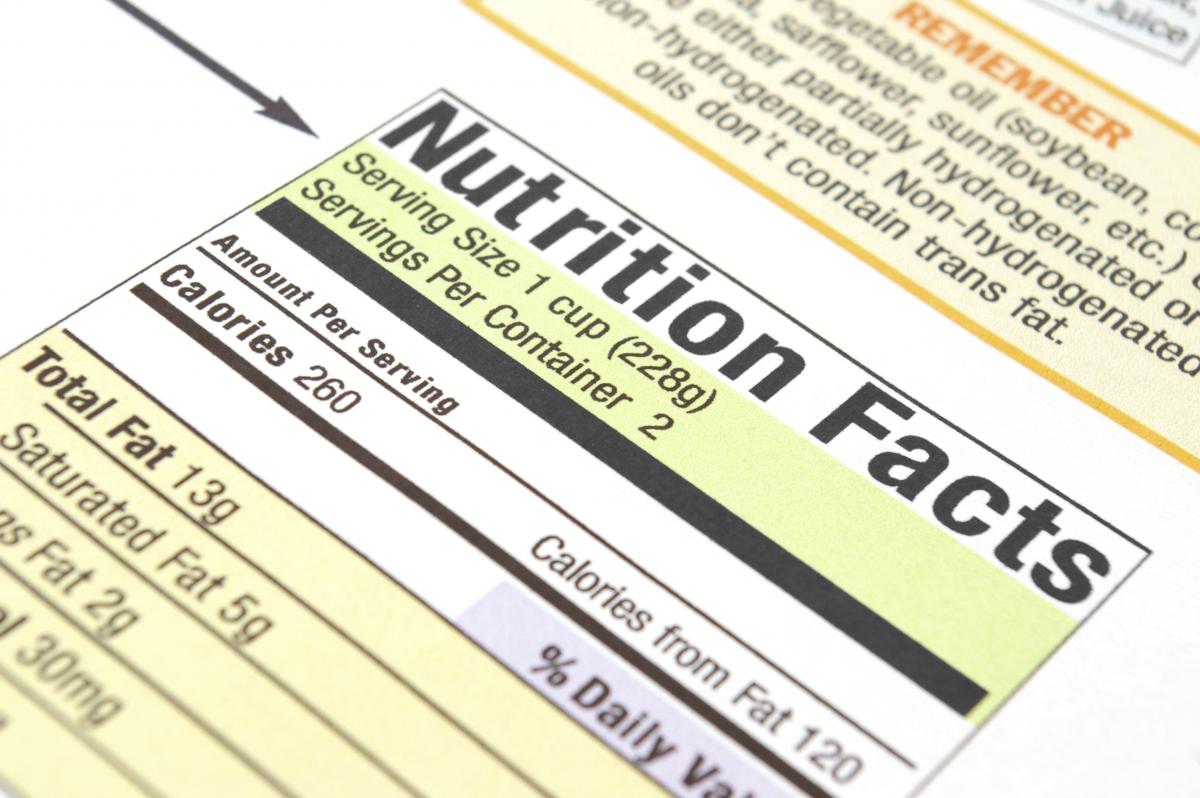 NMPF has expressed concern over a new labeling proposal that was submitted to the U.S. Food and Drug Administration (FDA) requesting the use of simple vitamin letter names on both the Nutrition Facts label and Ingredient Declaration lines.
NMPF has expressed concern over a new labeling proposal that was submitted to the U.S. Food and Drug Administration (FDA) requesting the use of simple vitamin letter names on both the Nutrition Facts label and Ingredient Declaration lines.
The petition, submitted by DSM Nutritional Products, proposed simplifying the vitamin names and grouping them into a single “VITAMINS” line below the ingredient list. In submitted comments, NMPF said this grouping may be interpreted by consumers as a special “call-out” of the nutrients for which the food is a good or excellent source. NMPF suggested the issue needed to be explored further, and expressed concern that the proposal would encourage fortification by manufacturers rather than the consumption of naturally nutrient-dense foods.
For example, when comparing the vitamin declarations for whole milk and low-fat milk, the following would appear beneath the ingredient list as such:
VITAMINS: D. (for whole milk)
VITAMINS: A, D. (for low-fat milk)
Consumers could misinterpret this label as declaring that whole milk is not a source of Vitamin A because it is not noted in the vitamin declaration line. In fact, whole milk contains Vitamin A naturally, and low-fat milk is fortified to replace the Vitamin A lost when the milkfat is removed.
“This oversimplification may falsely boost the perceived healthfulness of a heavily fortified product, while minimizing the presence of naturally-occurring nutrients in nutrient-dense foods for which consumption is encouraged by dietary guidance,” NMPF said.
In its conclusion, NMPF suggested that FDA conduct consumer research on the perceptions of the labeling proposal, and that the agency go through formal rulemaking to obtain broad public comment before moving forward.
FARM, Beef Quality Assurance Programs Seek Nominations for Joint Dairy Award
May 07, 2018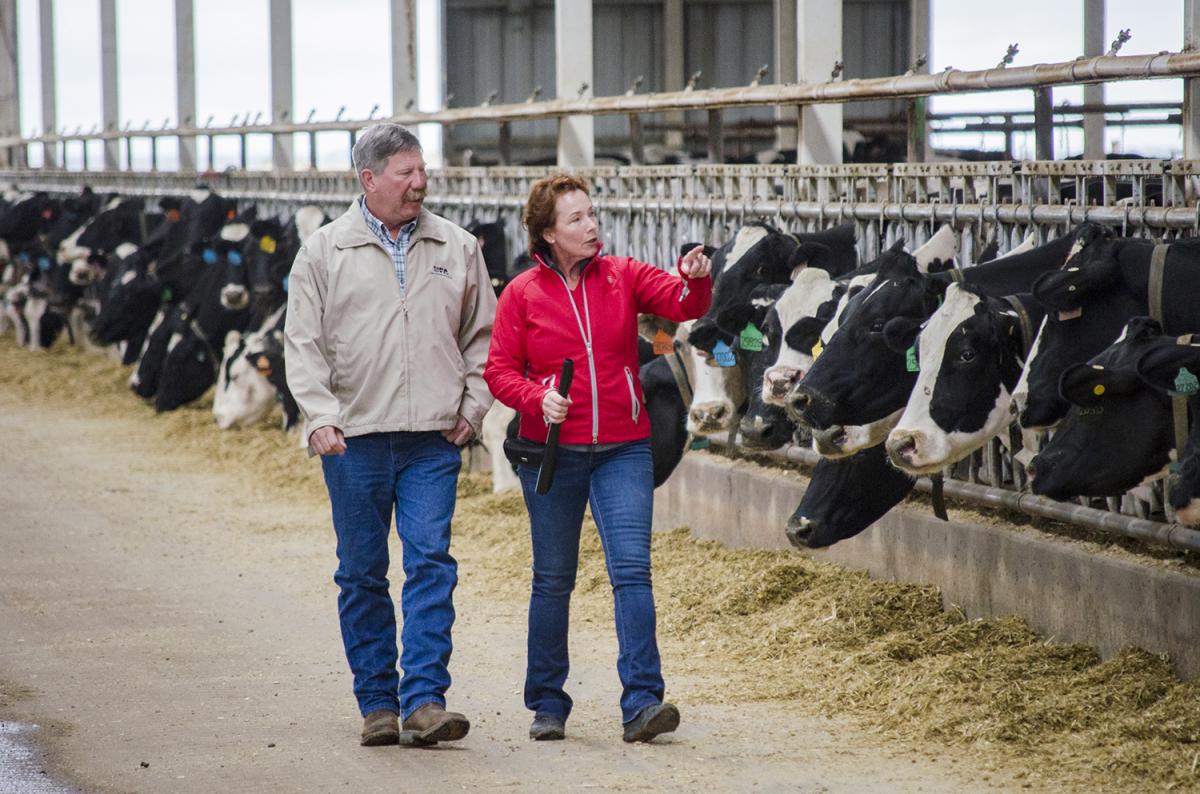 The National Dairy Farmers Assuring Responsible Management (FARM) Program and the Beef Quality Assurance (BQA) program are now accepting nominations for the first-ever joint FARM/BQA Dairy Award for 2019. The deadline to apply is June 1, 2018.
The National Dairy Farmers Assuring Responsible Management (FARM) Program and the Beef Quality Assurance (BQA) program are now accepting nominations for the first-ever joint FARM/BQA Dairy Award for 2019. The deadline to apply is June 1, 2018.
The awards honor outstanding beef and dairy producers and marketers that demonstrate the best animal care and handling principles as part of their day-to-day operations. This is an opportunity for NMPF member cooperatives and FARM participants to recognize dairy farmers that they believe demonstrate a strong commitment to quality animal care. NMPF board member Chris Kraft received the honor in 2017 (Chris and his wife are pictured right).
The winner of the BQA/FARM Dairy Award is selected by a committee of animal scientists, FARM staff, BQA staff and industry representatives based on a set of five criteria:
- The farm’s collective BQA and FARM practices, accomplishments and goals;
- Relevant local, regional and national BQA and/or dairy promotion group or cooperative leadership;
- Promotion and improvement of animal care practices, BQA or FARM program and consumer perception of beef or dairy industries;
- Effectiveness in promoting and implementing BQA practices; and
- Completion of the FARM Version 3.0 Animal Care Evaluation and implementation of program requirements.
Any individual, group or organization can nominate a single dairy operation for the award. Individuals and families may not nominate themselves, though they can be involved when preparing the application.
The award was previously offered solely by BQA, whose awards recognize outstanding members of the beef industry. NMPF and FARM Animal Care partners with both the National Cattlemen’s Beef Association and BQA to create producer resources on stockmanship, dairy beef welfare and quality, and animal care.
FARM Program Creating Educational Materials on Worker Safety, Human Resources
May 07, 2018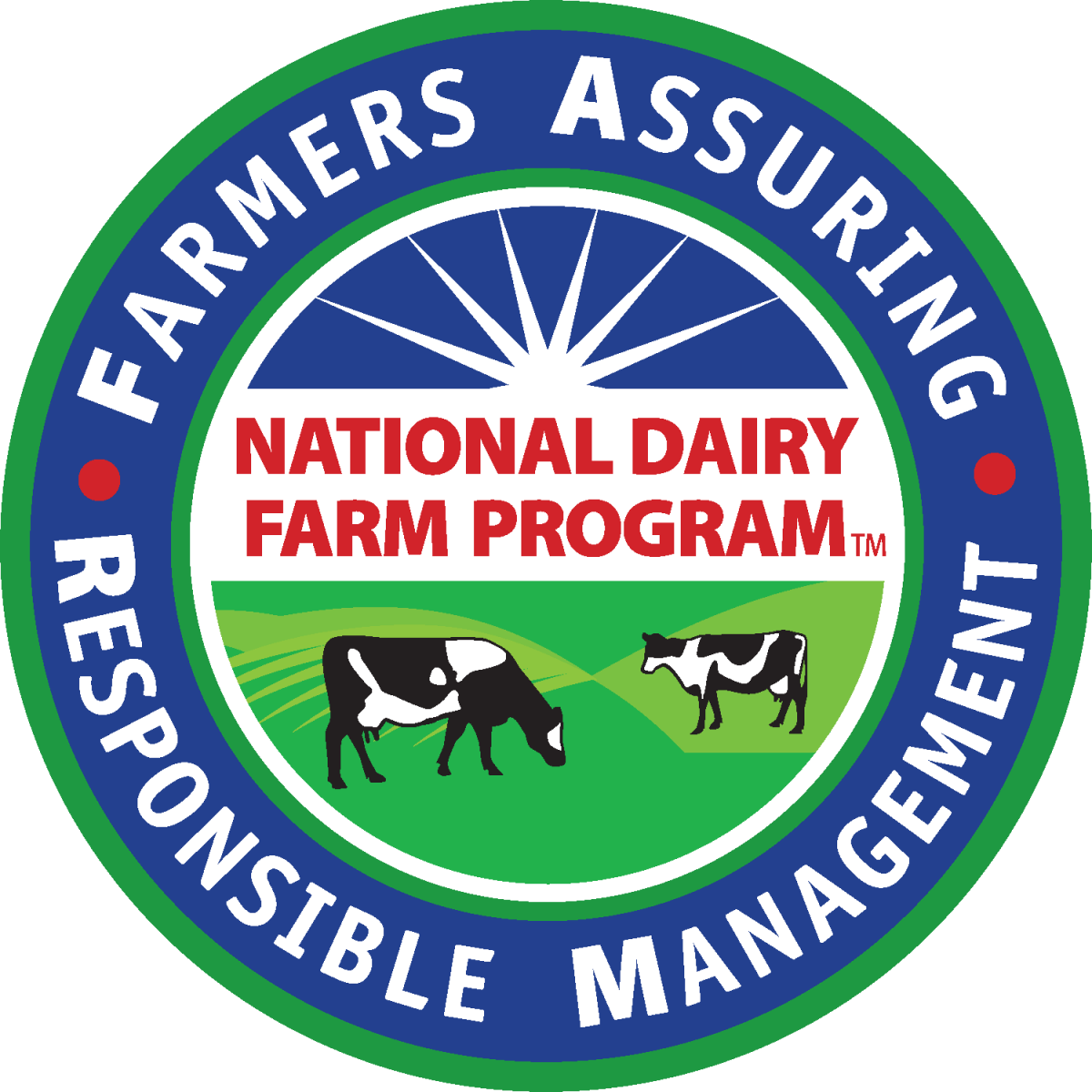 After requests from farmers, program participants and dairy customers across the country, the National Dairy Farmers Assuring Responsible Management (FARM) Program is expanding its suite of educational resources addressing on-farm dairy safety.
After requests from farmers, program participants and dairy customers across the country, the National Dairy Farmers Assuring Responsible Management (FARM) Program is expanding its suite of educational resources addressing on-farm dairy safety.
The FARM Program materials will help farmers who want basic human resources tools and safety practices for their employees, enabling farm owners to increase worker engagement, reduce employee turnover and manage liabilities from the safety risks of dairy farming. The materials will also help answer questions from major dairy customers asking about farm employee management.
Last year, the FARM Program pulled together the FARM Dairy Safety task force – comprising dairymen, cooperative management and safety experts from across the country – to begin addressing the questions being asked of the industry. The task force then decided to form two working groups focused on worker safety and human resources.
The task force has directed the FARM Program to begin creating educational materials to distribute to dairy farmers in 2018, with input from the working groups. The following materials will be available to farmers later this year:
Human Resources
- 50 State by State Factsheets for all relevant HR laws applicable to dairy farmers
- Producer Self-Assessment Checklist
- FARM Human Resources Manual
- Housing Provider Best Practices
- Employee Handbook Template
- Online HR Management Training Module
Worker Safety
- Producer Self-Assessment Checklist
- FARM Worker Safety Manual
- Safety Plan Template
- Worker Safety Videos
As the FARM Program receives input from different sources, it is also looking for examples of positive producer safety efforts happening on FARM dairy operations. Contact Ryan Bennett with any questions, input or examples of dairy farms using effective worker safety or HR practices.






